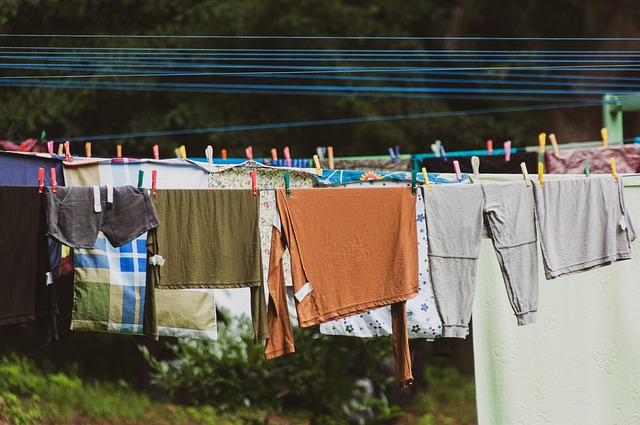Exploring Optics: A Practical Guide to Mastering Exposure in Photography
When diving into the world of photography, understanding exposure is one of the most essential steps towards capturing stunning photos. Exposure determines how light or dark your image will appear, and mastering it can transform your pictures from ordinary snapshots into works of art. This practical guide will walk you through the fundamentals of exposure, focusing on how optics and your camera settings work together to shape the final image.
Understanding Exposure in Photography
Exposure is the balance of light that hits your camera’s sensor or film. Three key elements control this balance: aperture, shutter speed, and ISO. Think of these elements as the pillars of photography that influence how light interacts with your camera’s optics.
- Aperture: This is the opening in your camera’s lens that controls how much light enters. A wider aperture lets in more light, creating a brighter photo, while a smaller aperture restricts light for darker images. Aperture also affects depth of field, allowing you to selectively focus on subjects.
- Shutter Speed: This controls the duration your camera’s sensor is exposed to light. Faster shutter speeds freeze motion, while slower speeds capture motion blur. Shutter speed is crucial for creating dynamic effects or sharp images.
- ISO: This setting adjusts your camera sensor’s sensitivity to light. A higher ISO means more sensitivity, helping you shoot in darker environments but potentially adding noise to your photos.
Optics and Their Role In Exposure
The optics in your camera—primarily the lens—play a vital role in exposure. The quality and design of your lens influence how light passes through to the sensor. Different lenses have varying maximum apertures, often indicated by the f-number (for example, f/1.8 or f/5.6), with lower numbers allowing more light and better low-light performance.
Understanding the relationship between your lens’s aperture capabilities and the camera settings is crucial for controlling exposure effectively. Whether you’re using a prime lens with a wide aperture or a zoom lens with variable aperture, knowing how your optics interact with light enables you to tailor settings for your desired photographic outcome.
Practical Guide: Taking Control of Exposure
Here’s a straightforward approach to practicing and mastering exposure:
- Start in Manual Mode: Although automatic modes are convenient, manual mode gives you full control over aperture, shutter speed, and ISO.
- Set the Aperture: Decide the depth of field you want. Wide apertures (small f-number) for blurred backgrounds, narrow apertures (large f-number) for sharp landscapes.
- Adjust Shutter Speed: Choose a speed that complements your subject—fast for sports, slow for creative blur.
- Balance with ISO: Raise ISO only when necessary, such as in low light, to avoid grainy photos.
- Use Your Camera’s Light Meter: Most cameras have built-in light meters that help indicate if your exposure is balanced.
Experimenting with combinations of these settings will build your intuition for exposure control. Remember, the interplay of optics and camera controls is at the heart of photography — mastering them opens infinite creative possibilities.
Final Thoughts
Photography is both an art and a science, and exposure is where these two aspects meet. By using this practical guide to explore optics and understand the mechanics behind your camera, you take meaningful steps toward creating photos that truly capture your vision. So grab your camera, explore your lens’s capabilities, and start practicing exposure control to elevate your photography skills today.



